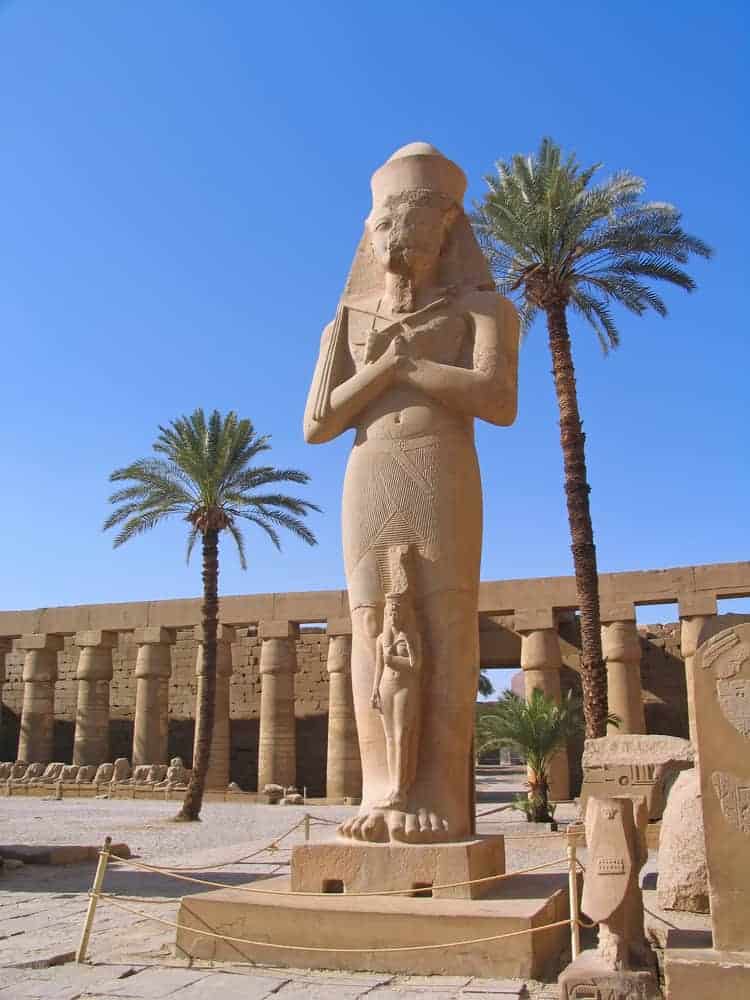Today, we will talk about King Ramesses II…Egypt is known for the rich magnificence of its history and ancient monuments and the natural beauty of its sweeping landscapes. But did you ever ask yourself, who built those monuments? Who were the main characters in the long narrative of Egyptian history? Who were those great pharaohs we hear so much about?
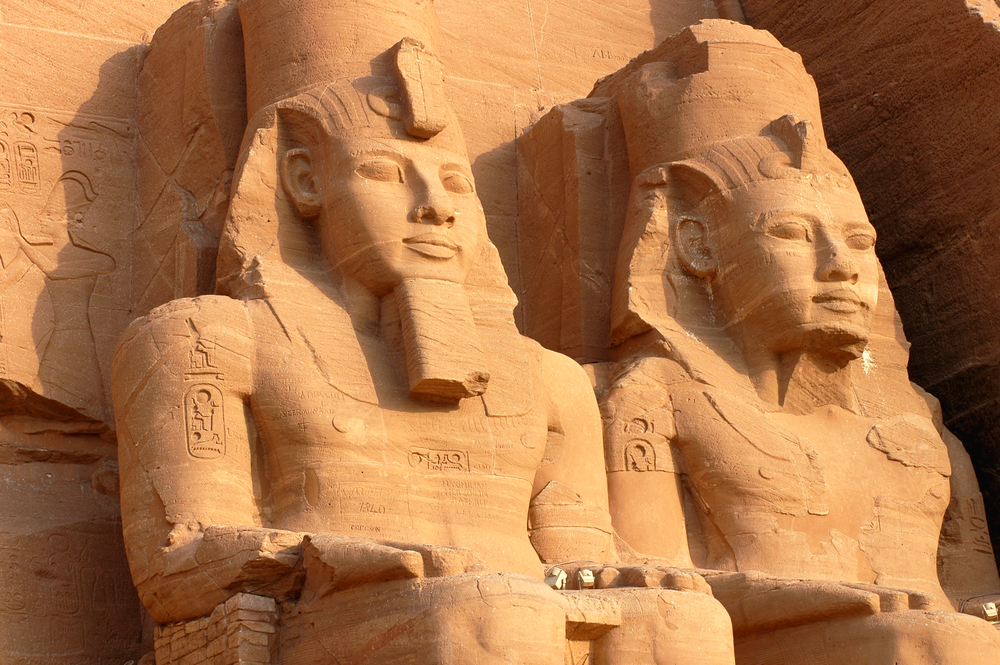
One of the most important and charismatic was undoubtedly Ramesses II. Also known as Ramesses the Great, the son of Seti I was born in 1303 BC and lived into his 90s, an amazing feat in the ancient world. Ramesses was also known as Userma’atre’setepenre, or, ‘Keeper of Harmony and Balance’, a fitting moniker for such a legendary figure. In your next trip to Egypt make sure to visit all of his monuments.
Ramesses the Warrior
At age fourteen the young Ramesses had already accompanied his father on military campaigns in both Palestine and Libya, and by the age of twenty-two led his own campaigns in Nubia. But after the death of his father, Ramesses ascended to the throne and immediately began his own military campaigns in order to reclaim Egypt’s borders, secure lost trade routes and, more importantly, wage war on the ruling Hittites.
During his second year in power, Ramesses defeated the Sea Peoples off the Mediterranean coast, allies of the Hittites. With astute military tactics, Ramesses set a trap, placing a small naval contingent at the mouth of the Nile to lure in their warships. But once they’d engaged Ramesses launched a full attack from both sides and claimed an easy victory, forcing any survivors to serve in his own army.
Next he surged into Canaan, a vassal state of the Hittites, and after his success in the legendary Battle of Kadesh, Ramesses returned home with hoards of plunder and an army of prisoners.
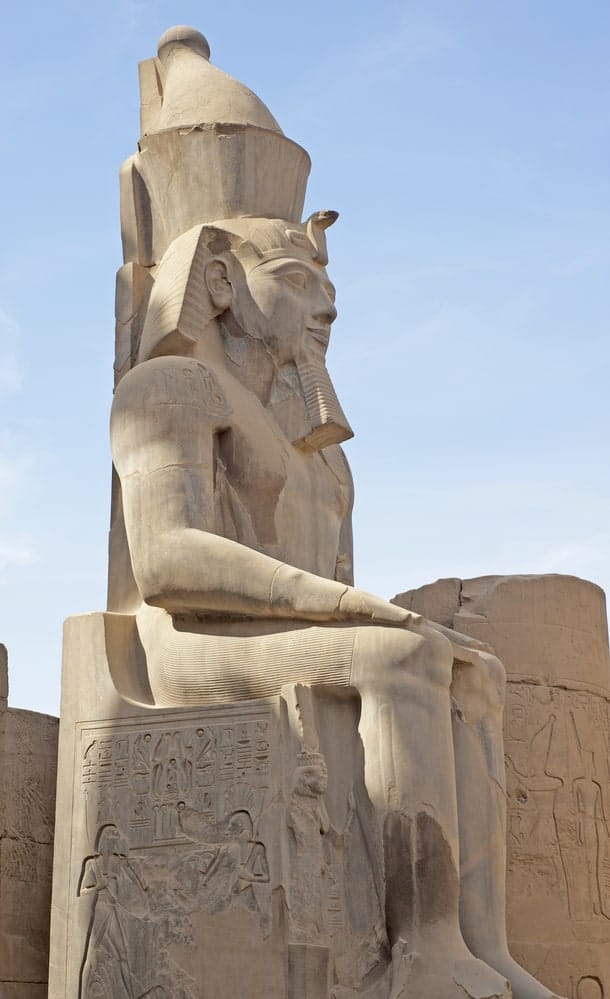
The third pharaoh of the 19th Dynasty, Ramesses used these victories, including the historic victory in Kadesh, to further enhance his renown as a mighty warrior. Modern scholars argue that the battle was in fact more a draw than a clear victory, but his legend was secured.
Ramesses the Builder
Perhaps the best-known achievements of Ramesses II are his architectural endeavors, building more monuments than any other pharaoh, most notably the Ramesseum and the temples of Abu Simbel south in Aswan.
King Ramesses II’s tomb, the Ramesseum in the West bank of Luxor, is a memorial temple complex near Luxor. Now in ruins, it is still recognizable for its large pylon inscribed with images showing Ramesses’ victories over the Hittites, and the subsequent peace treaty in 1258 BC, the first known in history.
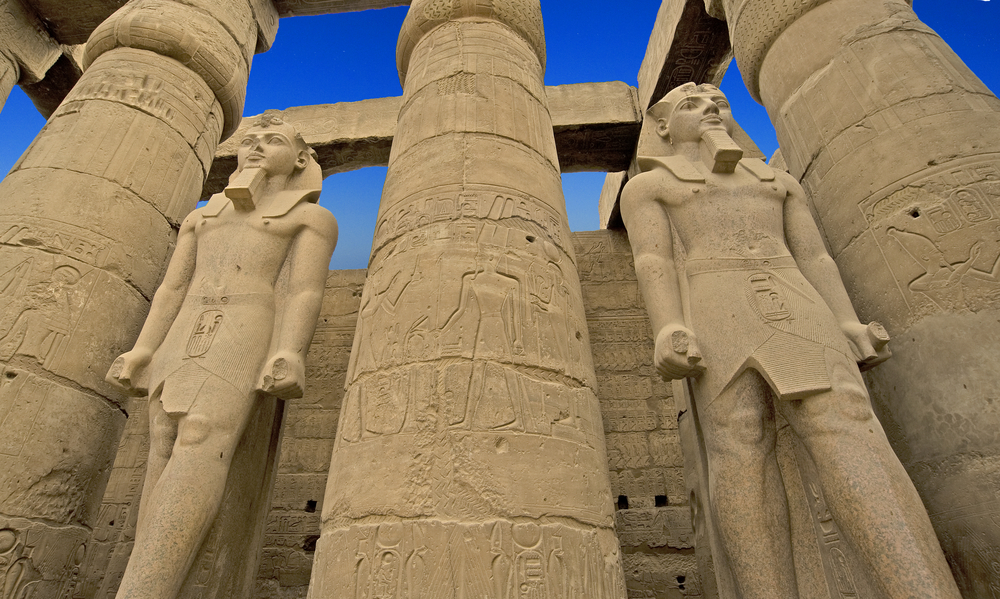
The temples at Abu Simbel are considered Egypt’s most spectacular. Situated close to Lake Nasser in Nubia, they were built to commemorate Ramesses’ reign, and to honor his queen, Nefertari, and are a wonder to behold. You can visit Abu Simbel in one of our Egypt luxury tours
King Ramesses II and Moses, Exodus, and a Lasting Legacy
Ramesses is the pharaoh commonly linked to the biblical Book of Exodus, though there is no historical or archaeological evidence for this, and the theory grew largely after the 1956 movie, The Ten Commandments.
There have been extensive archaeological excavations throughout Egypt, and there is hardly any ancient site that does not mention Ramesses the Great in some capacity and, later known as ‘Great Ancestor’, many pharaohs honored him by taking his name as their own.
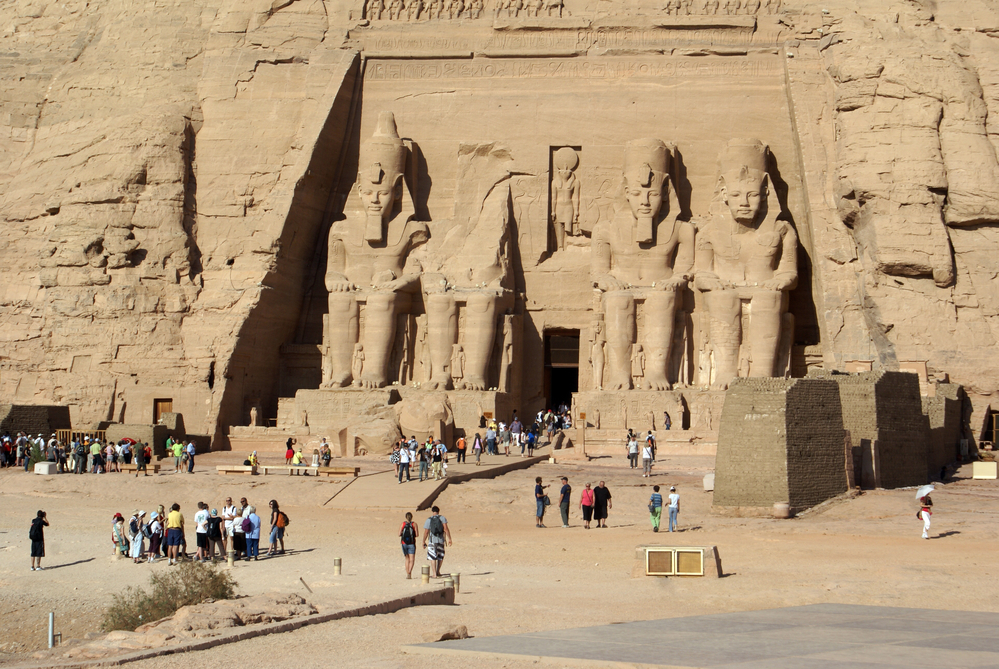
Ramesses’ mummy shows he was over six feet tall with a strong, regal jaw, and with over 200 wives and more than 150 children, he was a formidable man. And despite the tenuous and unfortunate association with the cruel pharaoh of Exodus, history shows us a powerful pharaoh and noble ruler.
Are you ready to visit King Ramesses II temples and tomb? Check out our Egypt tour packages.
